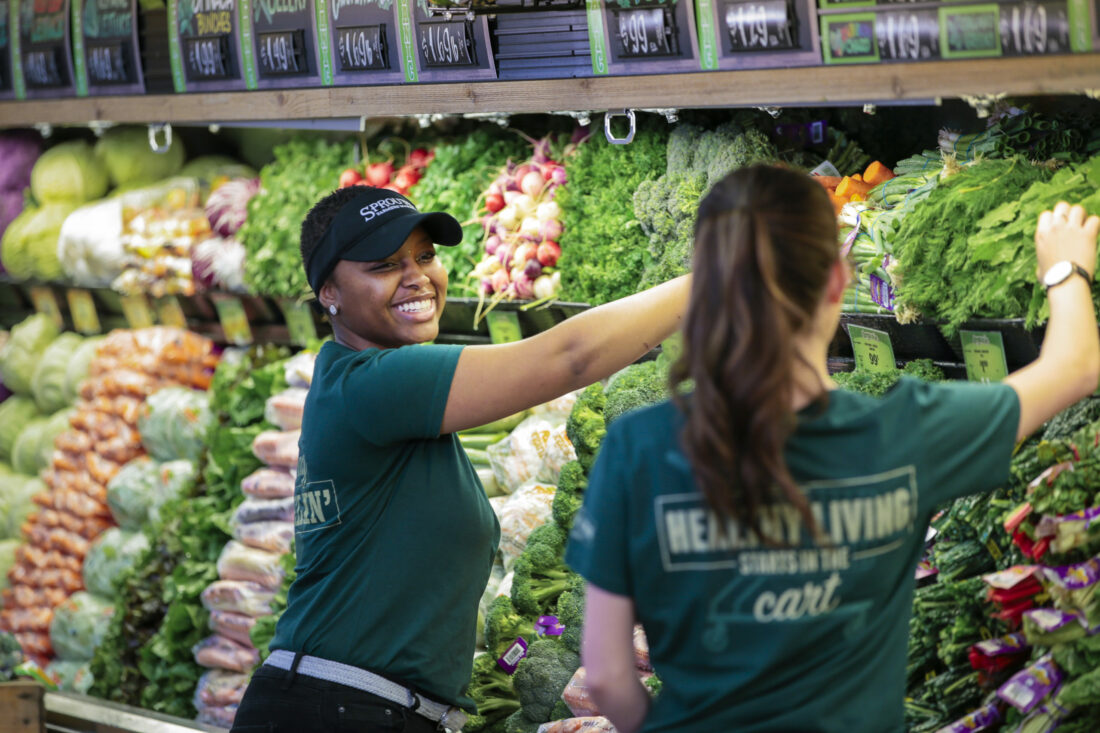The Sprouts Indicator – Is It Real?
Sprouts is the only publicly traded retailer featuring natural/organic goods. It is our only public indicator of the sector’s health with which we can track what is going on long-term.
Sprouts has some biases, but I believe they’re constructive for reading the direction of this sector. Sprouts is biased toward middle-class, more price-sensitive natural foods shoppers. As such, it is a better early read on macroeconomic forces’ impact on a sector where the average UPC is premium-priced vs. Walmart’s equivalent. It is also heavily weighted to the historical epicenter of natural foods in the U.S. – California, meaning that the concept of natural foods is fairly indigenous, and household penetration of the category is very high (vs. South Dakota).
Annual YoY Comps
2022 – net sales up 5%, comp stores – +2.2% (inflation driven)
2021 – net sales -6%, comp sales -6.7%
2020 – net sales +15%, comp increase +8%
2019 – net sales +8%, comp increase +1.1%
2018 – net sales +12%, comp increase +2.1%
2017 – net sales +15%, comp increase +2.9%
2016 – net sales +13%, comp increase +2.7%
The long-term same-store sales growth trend aligns with the deceleration of the entire natural/organic sector. I’ve been tracking this for over a decade as enthusiasts keep clapping as if nothing has changed.
It is a sign of both the mainstreaming of natural foods and the deceleration in new households entering the space. Downward price pressure relative to processed market leaders continues as Walmart, ALDI, and EDLP groceries grow their share of natural grocery volume. It’s inevitable, in a way.
The natural/organic sector is not only more competitive because of reduced conventional shelf space for emerging brands, but it may simply be running out of interested households OR, more importantly, running out of the share of pantry it can capture from the weaker participants.
New founders must think extra hard about design issues and test locally for their ability to stoke demand before starting. The sloppy, silly years are over. The failure rate has grown since I wrote my book. (Image Source: www.sprouts.com)
